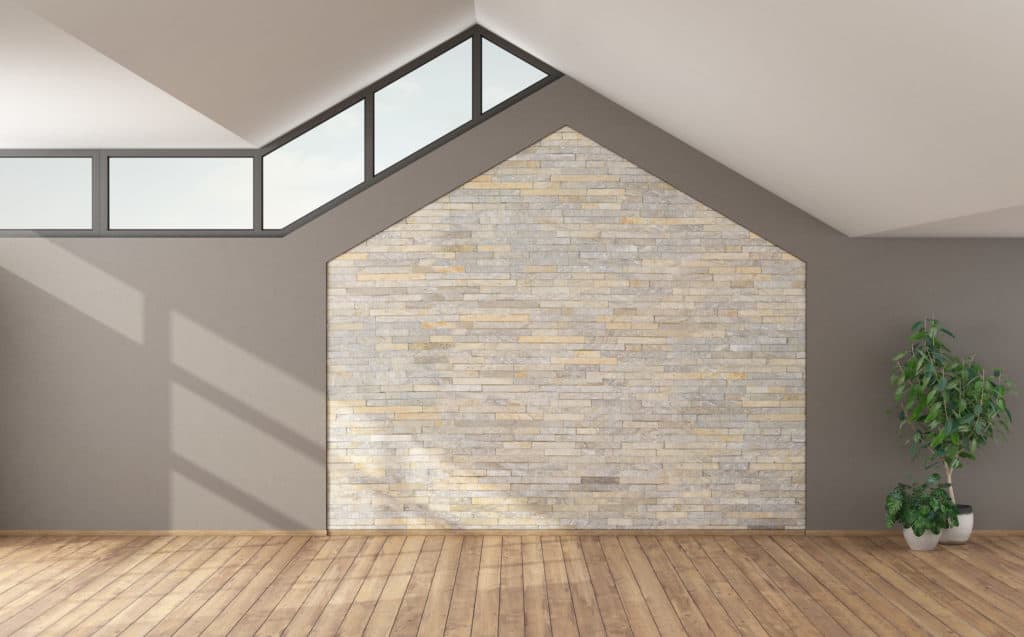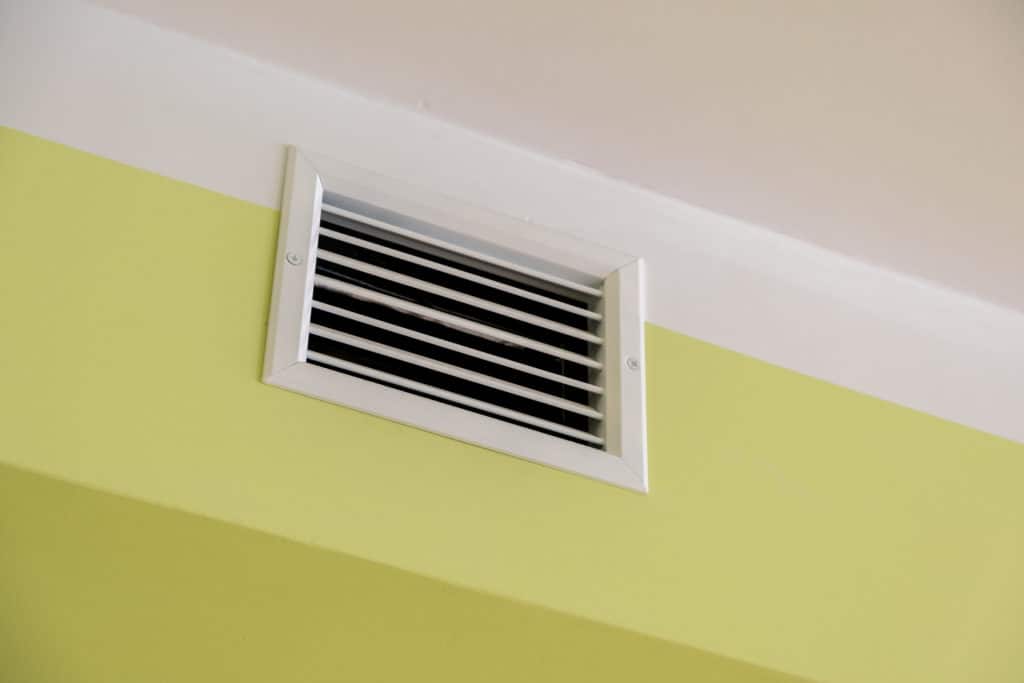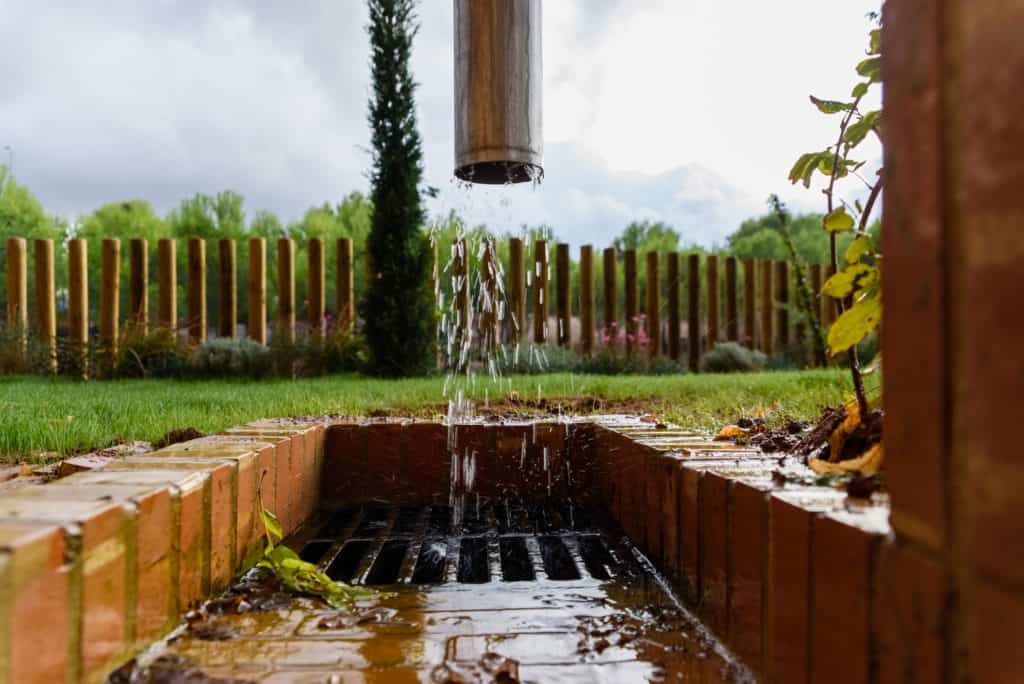Before you decide to purchase a roof system for your home, learn a little about them. Learn about the different types of roofs and what each type includes. You may also want to learn about ventilation and decking. This information will help you make an informed decision on which roofing system is best for your home.

Pitch and slope
If you plan on a new roof, you need to understand the differences between pitch and slope. You may think they are the same, but the two have some key differences. While pitch is a more specific measurement of the roof, incline slope is a more general term that describes the overall incline of the roof. Typically, they use the term “slope” when referring to steep roofs.
The pitch and slope of a roof system determine how steep it is and determines the proper amount of material to use. In snowy regions, a steeper roof pitch is important because it prevents snow from building up and compromising the structure. Architects also use the slope of a roof to determine the style and design of a building.
Roof pitch is the ratio of the height of a roof to its span. It is commonly in fractions. You can find this measurement on a structure below your roof. If you’re unsure of your measurements, practicing on a lower-level structure is best.
Decking
Choosing roof decking is important because it is the foundation of a roof. This should support all other roofing materials; the deck type you choose will determine what roofing materials you can use. It would be best to consider what kinds of insulation you need and the properties of cover boards. There are also some design considerations that you need to consider when deciding on the type of decking you will use.
You must understand how a roof system works to install new roof decking. It consists of many components, and how well they are installed will determine how long they will last. The roofing deck is an important part of any roof and is attached to joints and trusses. Besides the shingles, the other parts of a roof include gutters and fasteners.
The two main types of decking are plywood and sheathing. Plywood is a wood product that is moisture-resistant and rigid, but it can have knots that can make the material less uniform and difficult to work with. Another type of decking is oriented strand board (OSB), which consists of interwoven strips of wood bonded together with an adhesive.
Overlooking the decking happens often, but it is one of the most important components of a roofing system. It provides a flat surface that supports shingles and provides a flat surface for waterproofing materials. While this component may not be visible to the naked eye, it is crucial for your roofing system’s overall stability and performance.
Sheathing
There are two primary types of roof sheathing: plywood and oriented strand board (OSB). Both are ideal for roof sheathing systems and are commonly used on both single-family homes and larger commercial buildings. Plywood is both inexpensive and lightweight and offers good bending resistance. It’s also less resistant to moisture. On the other hand, OSB is not as stiff and can sag between trusses.
When you’re planning your roof, you need to understand the importance of sheathing. It provides a surface for your roofing material and supports the rafters and trusses and makes them work together in a cohesive whole. Sheathing should also be affordable and dimensionally stable. Plywood, OSB, and OSB-type materials are the most commonly used and affordable options for roof sheathing. Regardless of the type of material you use, check the building codes in your area.
Rigid foam is another option for insulating your roof. It’s similar to wood fiberboard in density and insulating properties but is not sturdy enough to be used as the sole sheathing of a pitched roof. However, it can be installed over plywood, OSB, or T&G boards. However, it’s more commonly used on flat surfaces.
ZIP System(r) R-sheathing has an integrated layer of rigid exterior insulation. Its thickness must extend beyond the exposed end of the sheathing on the adjacent wall, to ensure that it covers at least one inch of the exposed surface. In the case of a new-home roof, ZIP sheathing is a great option.
In addition to preventing water from seeping into the house, it also protects the roof from wind-driven rain. This prevents water from damaging the roofing system and gutters. To help prevent water damage, it’s advisable to use a self-adhesive waterproof underlayment. These can be purchased at home centers or roofing supply stores. Depending on your climate, waterproof underlayment should be installed 3 to 6 feet up from the eave. Your local building inspector can provide specific requirements for your area.

Ventilation
Before buying a new roof, learn as much as possible about different roof systems. The NRCA recommends that consumers get full-size samples, read manufacturer brochures and visit a building with a particular type of roofing system. Another critical component of a long-lasting roof system is proper ventilation. Without proper ventilation, heat, and moisture can accumulate in the attic and cause rot to the rafters and sheathing. It can also cause shingles to buckle and even decrease the efficiency of your insulation.

Drainage
It is essential to check roof system drainage before buying one. A properly functioning drainage system ensures that water will not pool on the roof and can flow off freely. This is important for houses that face flooding during heavy rains or hurricanes. It also helps prevent roof damage from debris that could clog the drainage system.
Many homes come with traditional gutter systems. These systems are inexpensive and effective for sloped roofs. However, they need regular cleaning. Most gutters run along the roof’s bottom edge, connecting to the downspouts on the side of the house. These downspouts direct water away from the foundation.
Drainage
There are four common types of roof drainage systems. The four types listed here are designed for flat or low-sloped roofs. If you live in a temperate or cold climate, you’ll want a system that works well in that climate. You can choose from various drains, including those that use gravity.
A secondary overflow drainage system is also an important component of a proper drainage system. A secondary overflow drainage system has its own set of pipes that prevent water from collecting on the roof and causing damage. You should also consider the size of your downpipes and gutters. They should be in appropriate sizes and smoothly transition from horizontal to vertical flow.
In addition to the two main types of roof drainage systems, internal drains are located under the roof surface. These drains are typically located where water tends to collect the most and where there is a slight downward slope. They are often used in combination with scuppers. The type of drain you choose will depend on the type of roof you have and how it interacts with the rest of your building. Knowing your options beforehand can help make the process clearer.



